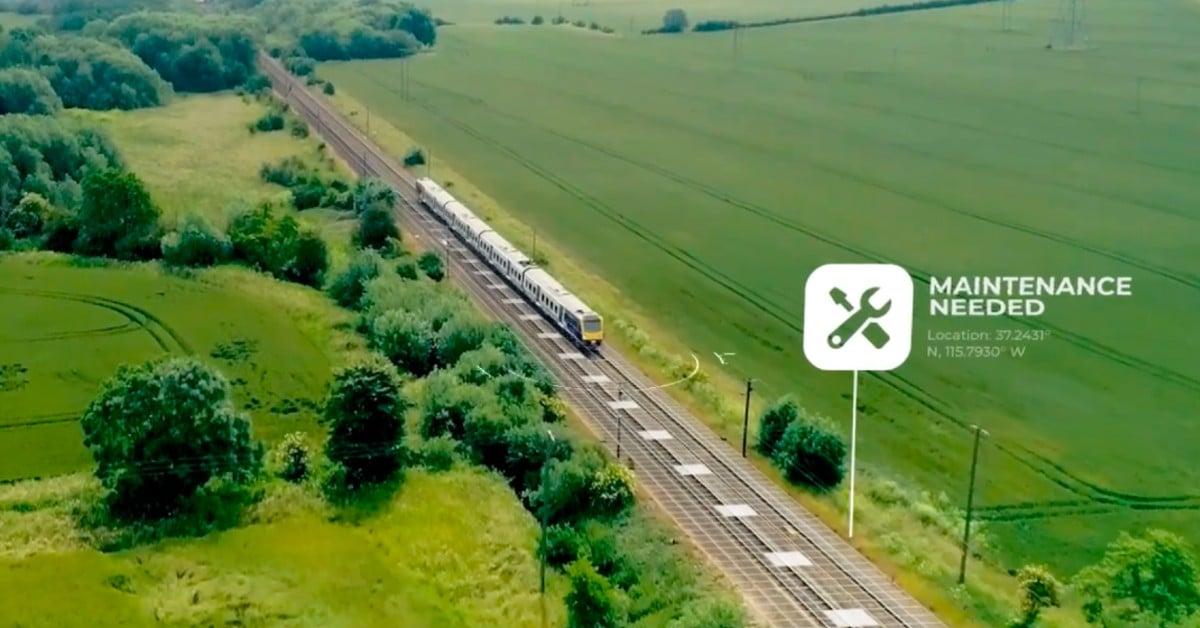Historic Hurricane Season Highlights Need for Moisture Detection

North America is experiencing its most prolific hurricane season on record. After the devastation Hurricane Laura wrought on Louisiana in August 2020, storms Nana and Omar became the earliest 14th and 15th named storms in the Atlantic, respectively, breaking the 2005 season record.
Those strong storms can bring an influx of moisture for those living in coastal areas and farther inland. How can one prepare their home or business for torrential rains and winds? How does one examine the damage after a storm passes through?
The answer involves moisture meters and thermal imaging, or a combination of the two, to locate water and flood damage caused by inclement weather, damage that can be difficult to detect with the naked eye. Water can easily hide under eaves, behind drywall, along window sills and seep across subfloors.
Knowing where these weak points are located—even before a storm hits—can be invaluable to protecting a building from potentially catastrophic damage before it’s too late.
Pin and Pinless Moisture Meters
Pin moisture meters offer a quantifiable reading of moisture in hidden places, but they are also destructive—they require the user to puncture walls or flooring with the two-prong “pins” to locate moisture by measuring the resistance between the two pins.
(Looking for an affordable pin moisture meter? Try the FLIR MR40)
In contrast, pinless moisture meters enable faster, touchless readings, but it’s relative and requires a baseline measure of the same material, be it a piece of wonder board or subflooring, that’s known to be dry.
The FLIR MR77 offers both pin and pinless measurement for more flexibility.
See the Wet with Thermal Imaging
Similar to pinless moisture meters, thermal imaging provides a relative reading for potential moisture damage through direct visual evidence instantaneously. Thermal imaging converts the infrared energy that is emitted and reflected by everything in the known universe into visible images—an effective tool for measuring slight variations in surface temperature, especially building materials.
Water within material, be it drywall or ceiling joists, can affect the temperature of the surface. As the water evaporates, the surface cools, meaning the wet areas appear colder than the dry areas, providing a good indication of the extent of the potential water damage.
The FLIR E5-XT with wi-fi can provide the right resolution and sensitivity to locate potential moisture problems, in addition to other restoration and remediation issues such as failing electrical breakers and insulation damage that can hurt building energy efficiency.
Bringing it All Together: FLIR MR176 Offers Pin, Pinless, and Thermal Imaging Moisture Detection
The MR176 brings together the three core technologies for moisture detection into one compact package for convenience, flexibility, and accuracy. The thermal sensor and device provides visual thermal confirmation of potential moisture damage, including the use of an integrated laser and crosshair for pinpoint accuracy. Meanwhile, a pinless sensor and external pin probe can provide confirmation.
What to Look for When Conducting an Inspection:
With a FLIR moisture meter, thermal camera or a combination at the ready, inspections should look for the following:
- Condensation around windows, doors and plumping. The thermal camera can help visualize the potential extend of the moisture, even within areas with no visible moisture.
- How does it smell? If a room or particular area smells moldy or musky, that could be a sign of water-damaged wood, even without any noticeable cracking or water stains. A moisture meter and thermal camera combination can help locate the source of those hidden smells that could denote the need for remediation.
- Check concrete or masonry areas for things like crusting, a powdery buildup or chipping. Especially in areas that experience freezing temps, the freeze-and-thaw cycle can break apart masonry from the inside. Heavy rain can exacerbate those issues and lead to failures.
Learn more about thermal imaging for resoration and remediation: www.flir.com/instruments/moisture-restoration/


